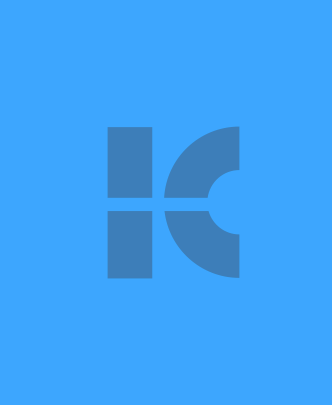 Yesterday, we received inquiries on some of the terminology in the 15 Effective Link Building Techniques for SEO blog post. The below is a glossary for inbound marketers to reference when beginning their link building and SEO endeavors. Knowing the meanings of these terms are very important when researching, deploying, monitoring, adjusting and reporting link building campaigns. Even more critical, perhaps, is knowing how these terms fit in the overall context of SEO and how they impact a website’s ability to rank.
Yesterday, we received inquiries on some of the terminology in the 15 Effective Link Building Techniques for SEO blog post. The below is a glossary for inbound marketers to reference when beginning their link building and SEO endeavors. Knowing the meanings of these terms are very important when researching, deploying, monitoring, adjusting and reporting link building campaigns. Even more critical, perhaps, is knowing how these terms fit in the overall context of SEO and how they impact a website’s ability to rank.
- 301 Redirect – A method of telling web browsers and search engines that a web page has been permanently moved to a new location. Warning: Links pointing to redirected pages can lose up to 25% of their SEO impact.
- Anchor Text – The actual words which make up the hyperlink is the anchor text. Ideally, the word or phrase you wish to rank for should be the anchor text.
- Alternative Text – This attribute is assigned to images so the visually impaired can use their text readers to determine what is in the picture. It also serves as anchor text for images which link to other websites or pages.
- Black Hat – These are techniques used by some SEO practitioners to trick the search engines into ranking their websites higher. These tactics go against the recommended guidelines of the search engines. If a search engine catches a black hat website it can be pulled from the index and not show up at all.
- Follow Links – Links with the follow attribute are considered the best inbound links because search engines actively track them to the receiving website.
- Internal Links – An internal link is a hyperlink that is a reference or navigation element on a web page to another section of the same website and domain.
- Link Bait – Is any content or feature on a website designed specifically to gain attention while encouraging others to link to the website.
- No-follow Links – Links marked as no-follow signal to Google and the other search engines not to index the link. In theory, these links should not count as votes of confidence from one website to another. However, Google reserves the right to follow a no-follow link.
- Page Rank – Is a link analysis algorithm, named after Larry Page and used by Google to assign a numerical weight to a web page or website with the purpose of "measuring" its relative importance (authority) on the Internet. The algorithm assigns a number from zero to 10, with 10 being the highest authority.
- White Hat – SEO tactics that abide by the recommended guidelines of search engines.
The above glossary should suffice as a solid reference for inbound marketers beginning their link building campaigns for SEO. Should you have any further questions about the words above or other industry jargon don’t hesitate to ask in the comments box below. For more help with SEO feel free to download our SEO Cheat Sheet.
Image Credit: chrispl57
Social Media + SEO = Social Media Infrastructure



 Yesterday, we received inquiries on some of the terminology in the 15 Effective Link Building Techniques for SEO blog post. The below is a glossary for inbound marketers to reference when beginning their link building and SEO endeavors. Knowing the meanings of these terms are very important when researching, deploying, monitoring, adjusting and reporting link building campaigns. Even more critical, perhaps, is knowing how these terms fit in the overall context of SEO and how they impact a website’s ability to rank.
Yesterday, we received inquiries on some of the terminology in the 15 Effective Link Building Techniques for SEO blog post. The below is a glossary for inbound marketers to reference when beginning their link building and SEO endeavors. Knowing the meanings of these terms are very important when researching, deploying, monitoring, adjusting and reporting link building campaigns. Even more critical, perhaps, is knowing how these terms fit in the overall context of SEO and how they impact a website’s ability to rank.